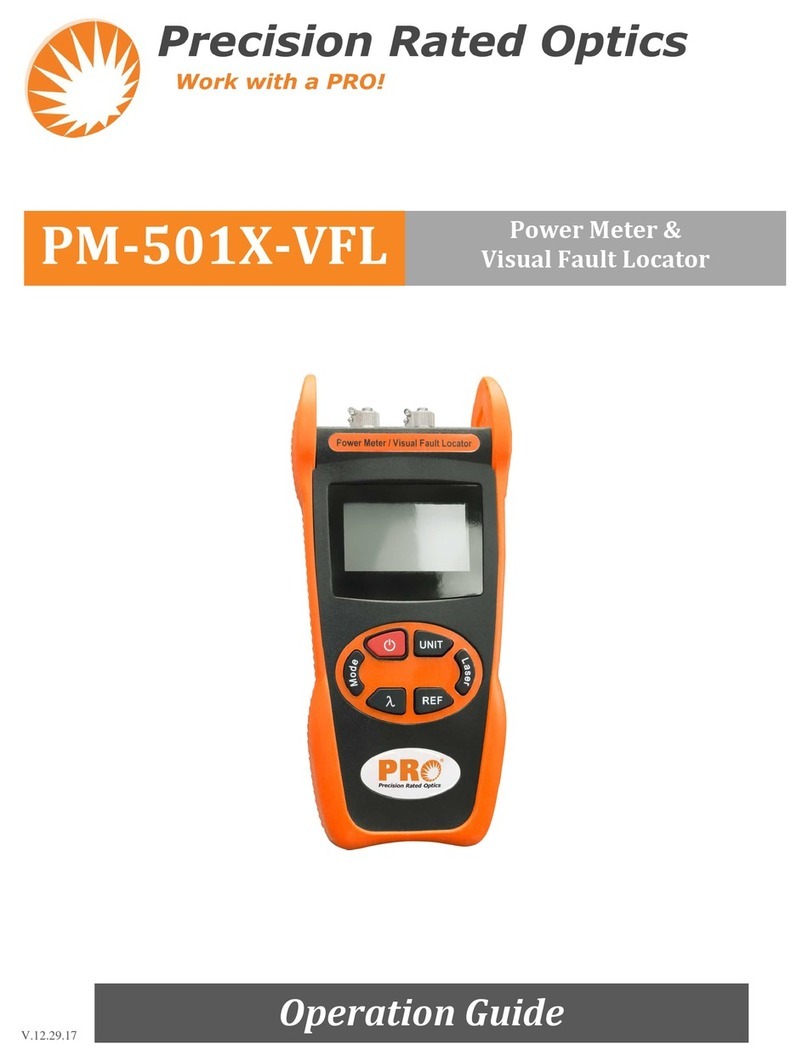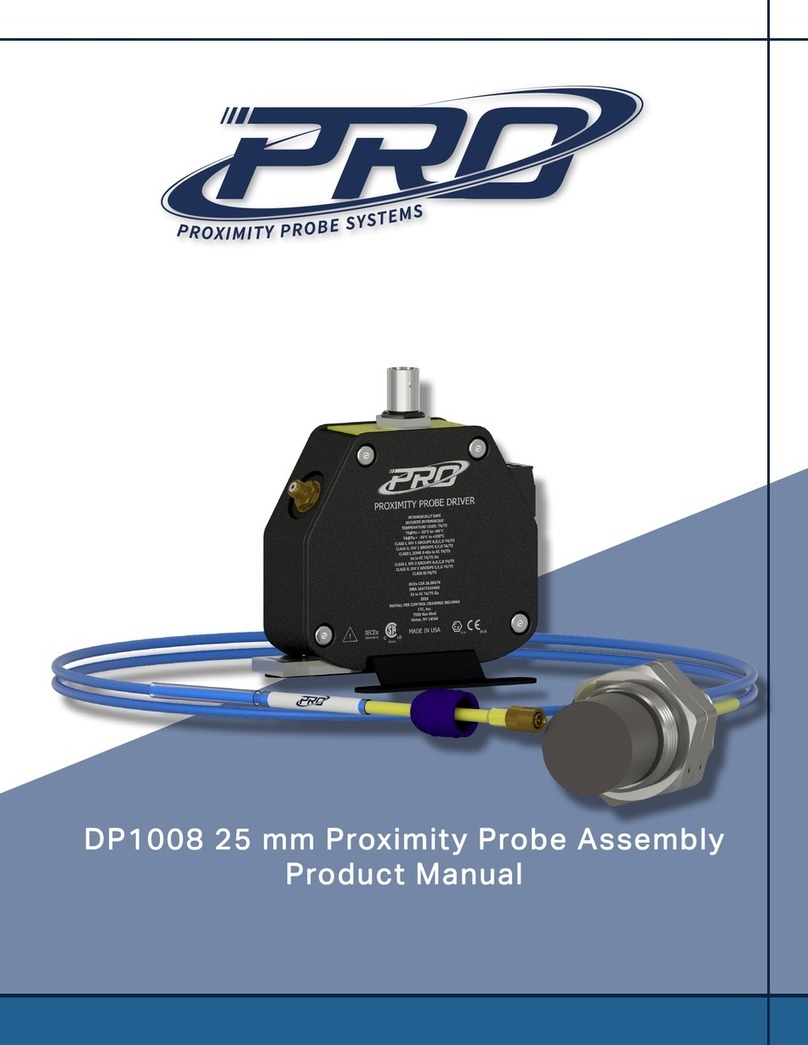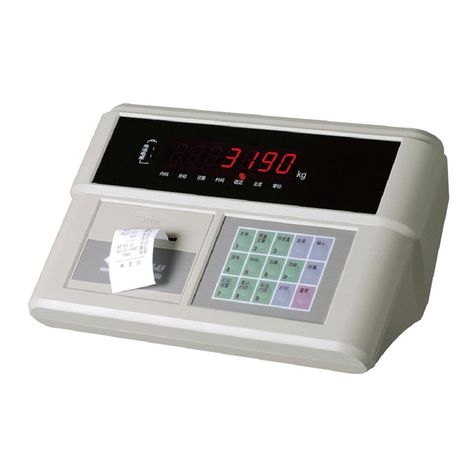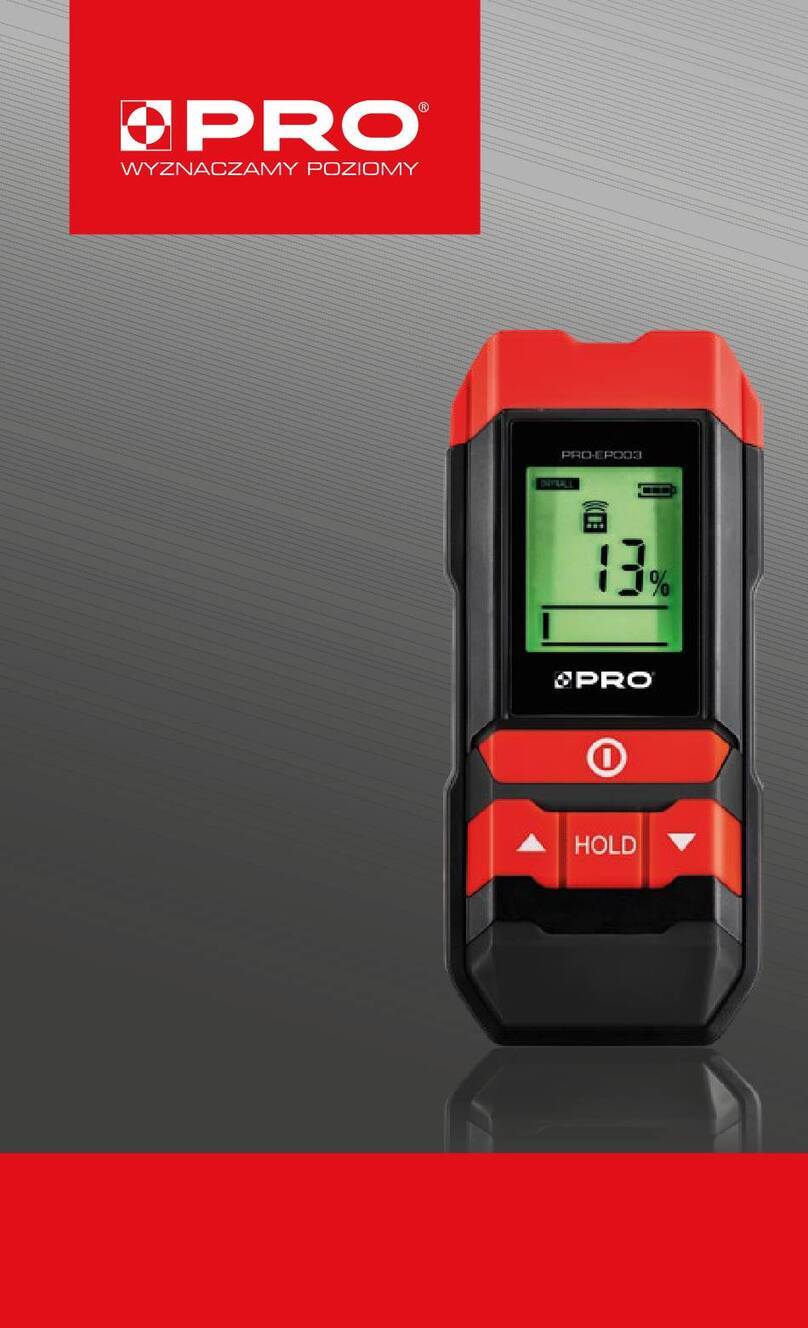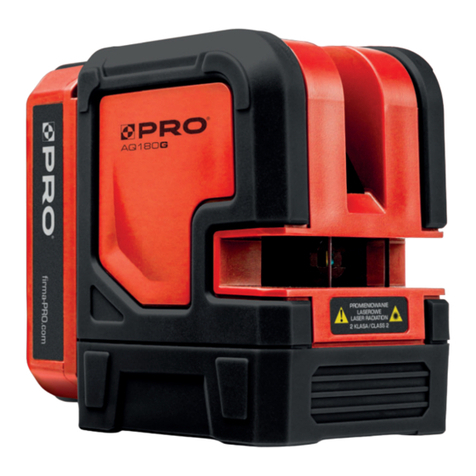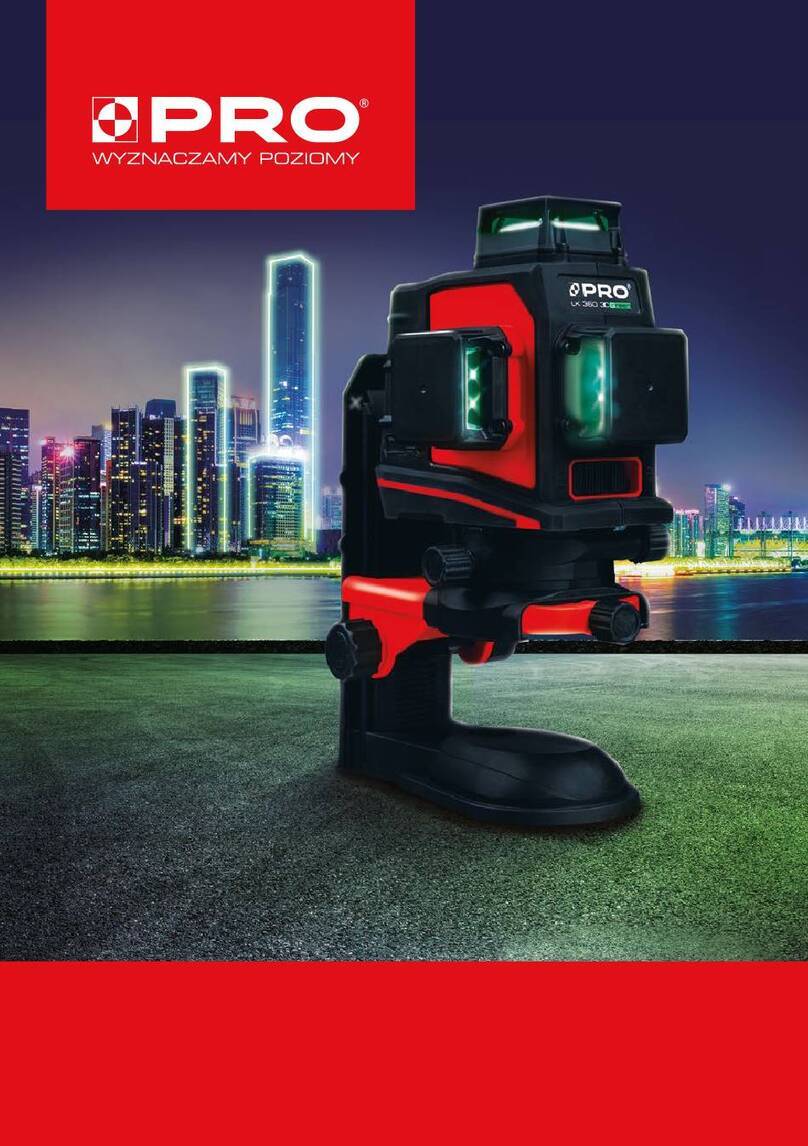
OFT-3 User's Guide Rev A 2/7/14
4
Chapter 3 Quick Start Guide
3.1 OFT-3 OTDR Quick Start Guide
Press to turn on the OTDR.
Use the directional buttons to highlight the OTDR icon and press to enter the OTDR function.
Connect the ber to the appropriate port. (SM or MM OTDR Optical Port)
Press to enter the Menu mode. The menu is displayed at the top of the screen. (To hide the
menu, press the menu button a second time.)
Use the right button to highlight the (wavelength) icon and use to cycle to the desired wave-
length.
If approximate ber length is unknown:
Press to have the OTDR start a test using the selected wavelength with the OTDR determining
the most appropriate range and pulse width. (Autotest will set the averaging time to 60sec.)
If approximate ber length is known:
Set the Wavelength as above and further set the range, pulse width and averaging time.
Press to open the icon menu, use the left or right arrow to highlight the (range) and use
to cycle through the available ranges of 250m, 1km, 4km, 16km, 64km, 128km or 256km.
Use the left or right buttons to highlight the (pulse width) icon and use to cycle through the
available pulse widths of 5ns, 10ns, 30ns, 100ns, 300ns, 1us, 3us, 10us or 20us. (Not all pulse
widths will be available, only pulse widths appropriate for the selected range will be presented)
Press the left or right button to highlight the (average) icon and use to cycle to the averaging
times of Real-Time, 15 seconds, 60 seconds, 2, 4 8 or 20 minutes.
Press to exit the menu mode and hide the menu bar.
Press (Scan) to start a trace. Pressing the again will stop a trace.













